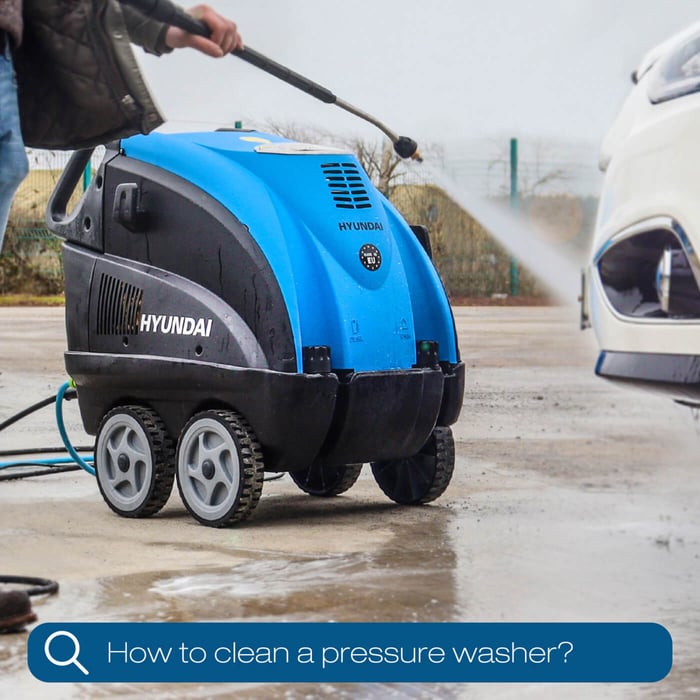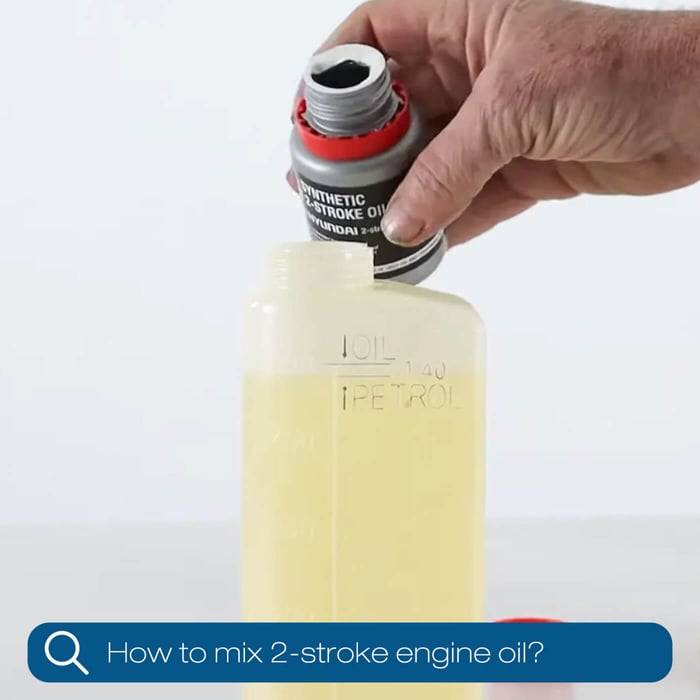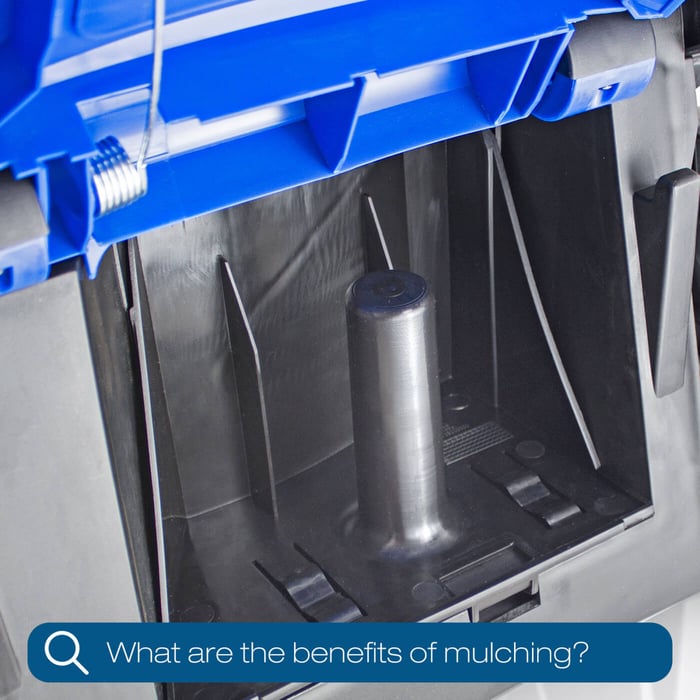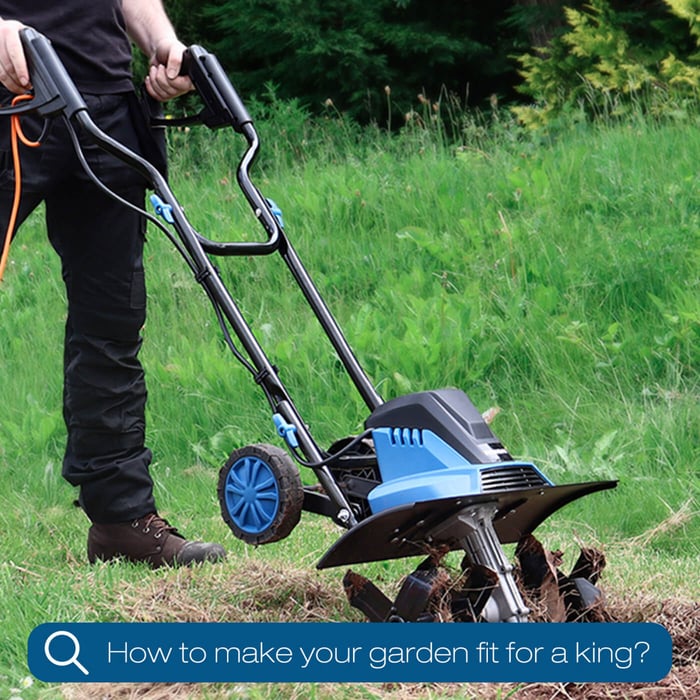
How to Clean Your Pressure Washer? A Maintenance Guide | Hyundai Power Products
How to Clean Your Pressure Washer? A Maintenance Guide
Author Hyundai Power Products Category | Maintenance Guides / Published: June-28-2023
Introduction
A pressure washer is an extremely useful piece of equipment most often used to clean paths, patios, driveways, cars, caravans, and a host of other vehicles, plus all types of machinery and hard surfaces. For the DIYer, there is a range of affordable, easy-to-use electric models, which are more than adequate for numerous jobs around the home. Contractors have more choices with big powerful electric motor-driven types, petrol engine models, and diesel engine models to choose from.
Some electric machines feature hot water pressure washing and detergent facilities to help remove really stubborn grime and stains. However, if you own a petrol or diesel engine-driven pressure washer, don’t forget to also regularly check the engine oil level and fuel levels too. The oil in these more powerful models should be changed after 200 hours of operation. Whichever model is your preference, regular pressure washer maintenance will help ensure your essential pressure washer always works efficiently and effectively, and lasts longer too.
Why Regular Cleaning is Important
Regular pressure washer cleaning might not seem like an essential routine task. After all, it is mainly just water and sometimes hot water and detergent that passes through it, right? Yes, but leaving water in the machine between uses, can result in a build-up of harmful minerals such as calcium and magnesium, which can cause limescale.
Limescale can affect the integrity of rubber seals, rubber hoses, and the pistons of petrol and diesel engine models. In time, limescale build-up will inevitably affect the overall performance of your pressure washer. To help make your pressure washer last longer, flush the pump after each use by adding a pump lube and antifreeze solution. Proprietary brands of pressure washer cleaning fluids can be purchased from most reputable machinery suppliers.
✅ Prevents Clogging and Damage
Regular servicing, which can very easily be done by yourself, will also prevent clogging of the jets and nozzles, and also prevent damage to the hose seals or O-rings. It’s also a good idea to check the filter at the inlet end. This is situated where the inlet hose is connected to the machine. Filters can sometimes become clogged with debris or limescale. Simply use a small stiff brush to remove any build-up of dirt, grime, or limescale on the filter.
✅ Improves Performance and Efficiency
Regular maintenance can help improve performance and efficiency. Pressure washers can lose pressure over time and there are a number of reasons for this. A blocked or worn nozzle is a common problem and also the inlet filter can become blocked. Perhaps the water supply hose is worn or leaking and for petrol or diesel engine machines, there could be a problem with the engine itself. Regular maintenance, including the replacement of any worn parts, will ensure your pressure washer operates at peak performance.
Step-by-Step Cleaning Process
How to clean a pressure washer involves a simple step-by-step process
Cleaning the Exterior
All models should be cleaned after use. Simply use a hand brush together with a water and detergent mix to clean all the exterior areas of the pressure washer. As you clean the machine, visually inspect the hoses, the wand, the trigger operation, and the nozzle. Rinse off and dry the machine before storing.
Cleaning the Nozzles
The pressure washer nozzle is very important to the effectiveness of the machine so it is imperative that this is kept clean and free of limescale and debris. Remove the nozzle and poke the small hole, or series of holes, with a pin or fine wire but don’t force it. Widening the hole will ultimately affect the pressure.
Cleaning the Pump
The pressure washer pump is a critical component of your machine and it’s therefore important to clean it. How to clean the pressure washer pump involves first unplugging the machine, if it’s an electric model, from the power supply. Next, uncouple the hoses to remove all the water within the machine. Finally, add a proprietary pump cleaning fluid to the machine via the outlet hole and flush this through.
This way of cleaning the pressure washer pump will help protect the pump but should the pump begin to show signs of inefficiency or it stops working altogether then it will need to be removed and manually cleaned with a stiff nylon brush, such as a toothbrush. Remove any dirt, limescale or grime and flush with a proprietary cleaning fluid or detergent and hot water.
Cleaning the Filter
How to clean the pressure washer filter is a simple job. Pressure washers can have several filters depending on their type. For example, an electric pressure washer will have a water inlet filter only. Diesel and petrol engine pressure washers also have air filters. To clean the water inlet filter, locate the end, to which the water hose is attached. Inside the inlet will be a small filter made from gauze. You can use an air compressor, if you have one, to remove any dirt or use a small stiff brush. Then rinse with water and detergent.
An air filter is often housed in a plastic casing attached to the carburettor at one side of the engine. The filter is usually made from foam or pleated paper. A foam filter can be cleaned using water and detergent, while a paper version can be cleaned using compressed air. In any case, if the air filter is damaged or excessively dirty then simply replace it.
Flushing the System
At the end of each season or every 6 months, flush the complete system of your pressure washer by adding a proprietary cleaning fluid to the pressure washer and then flushing it by connecting the water supply and then switching it on to subsequently clean the hoses, filter, and pump.
💡Tips for Maintaining your Pressure Washer
To help keep your pressure washer in tip-top condition, follow these 3 simple steps:
✅ Store Properly
When not in use, store your pressure washer in a dry shed, garage, or other outbuilding. If you leave your machine outdoors during the summer, the rubber hoses can be affected by UV rays, which can cause them to crack. If you leave your pressure washer outdoors during the winter months then water in any part of the machine could turn to ice, which could cause damage and costly repairs.
✅ Perform Regular Inspections
After each time you use your machine, check it over for signs of wear. Also, check the hoses for cracking and the water inlet filter for scaling. It’s much safer to replace any parts that have deteriorated or are badly worn.
✅ Check and Replace O-Rings
Seals, or O-rings are made from rubber and are therefore subject to wear. It’s probably best to keep some spare O-seals in stock and replace them when necessary
Conclusion
Carrying out regular inspections and maintenance of your pressure washer will help you get the most out of your machine. It will last longer, work more effectively, and provide you with the kind of satisfactory results you might expect from a well-engineered power washer.
Shop Hyundai Popular Pressure Washers >>
We hope you’ve found these tips helpful and remember: if you need any further advice, our team of experts is on-hand to help you, so just get in touch! If you have any questions please visit www.hyundaisupport.co.uk. For expert advice or any questions you may have, you can give us a call on 01646 687880, fill out the contact form here or drop us a message on any of our social media pages - Facebook, Instagram or Twitter.

 Expert Advice and Aftersales
Expert Advice and Aftersales Free UK Delivery*
Free UK Delivery*

